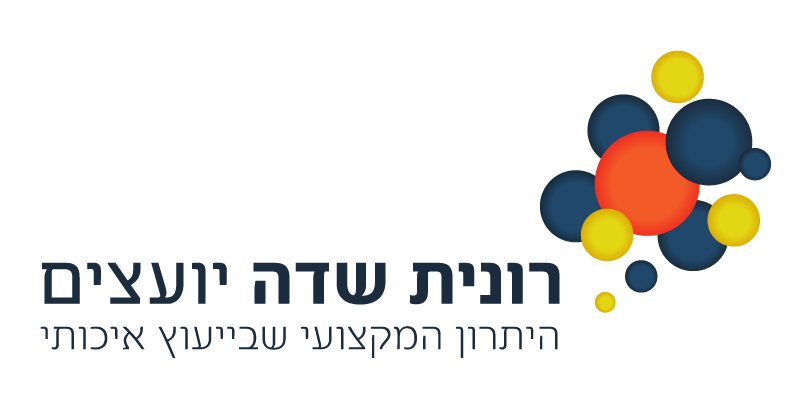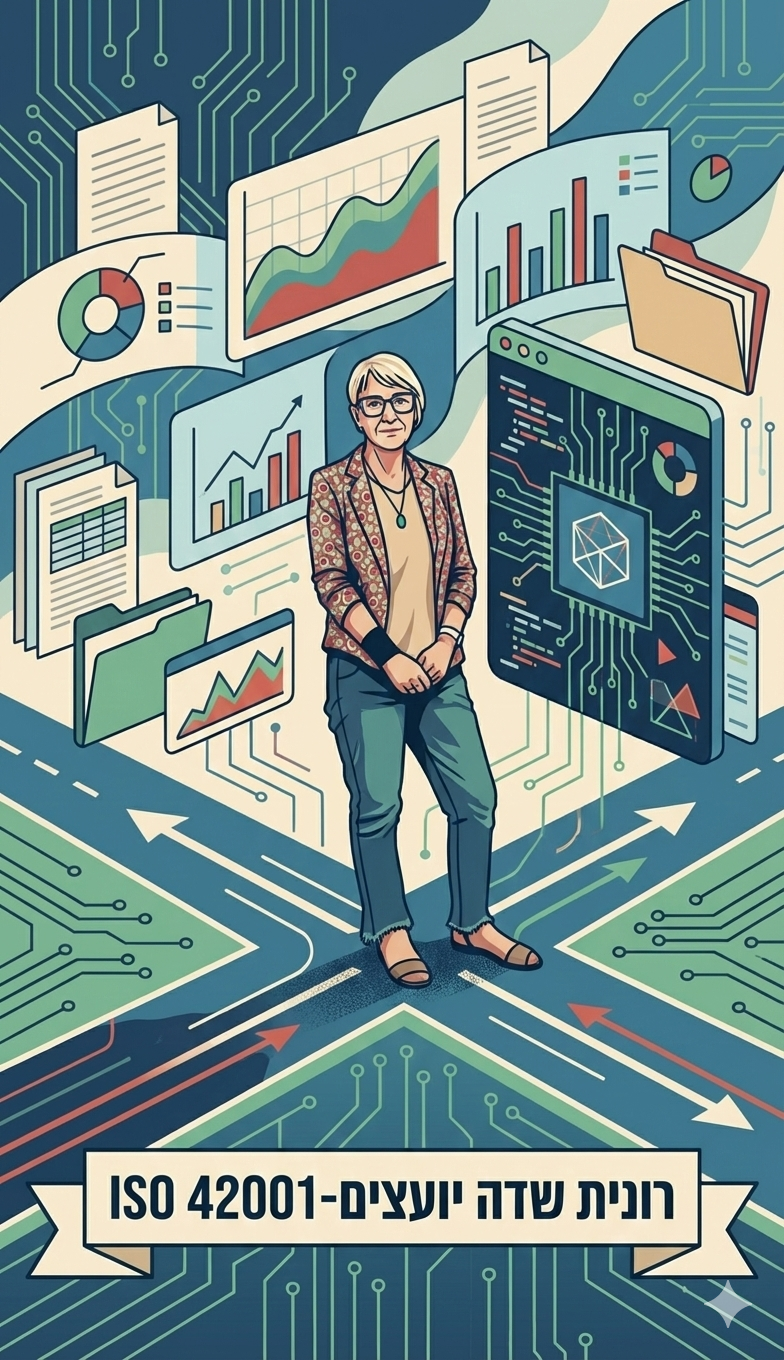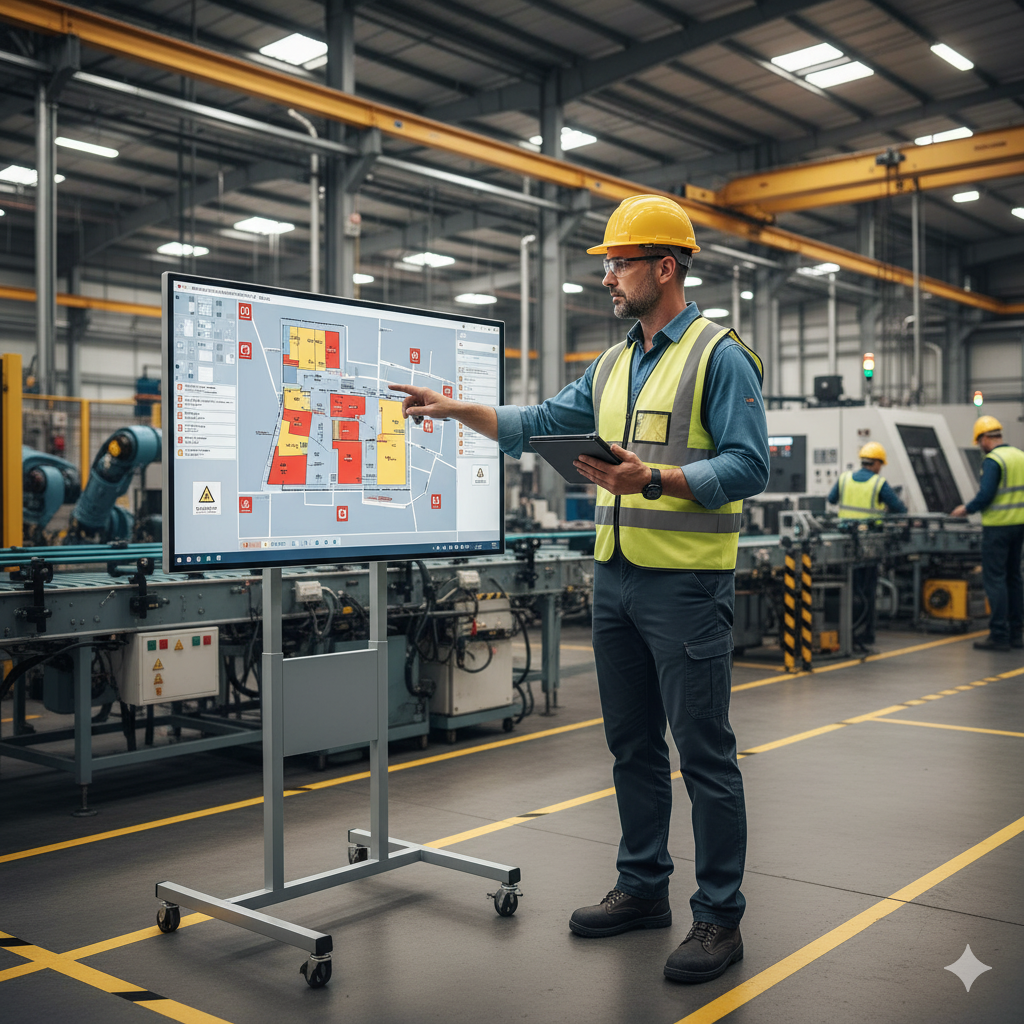A Comprehensive Guide: How to Implement ISO 27001 in Your Organization
Introduction:
In today's digital landscape, protecting sensitive information is of utmost importance for organizations. Implementing ISO 27001, an internationally recognized standard for information security management, can help establish a robust framework to safeguard data and mitigate risks. This comprehensive guide provides step-by-step instructions on implementing ISO 27001 in your organization, covering certification, information security management systems (ISMS), implementation strategies, requirements, and audits.
Understanding ISO 27001 Certification:
ISO 27001 certification signifies an organization's commitment to information security and compliance with the standard. It involves a rigorous assessment by an accredited certification body to ensure the ISMS meets ISO 27001 requirements. Achieving certification requires careful planning, documentation, and adherence to best practices.
Key Components of an Information Security Management System:
An effective ISMS serves as the foundation for ISO 27001 implementation. Key components of an ISMS include:
- Context Establishment:
- Define the scope of your ISMS and understand the internal and external factors that impact information security. This includes identifying interested parties, legal and regulatory requirements, and organizational context.
- Leadership Commitment:
- Secure leadership buy-in and commitment to information security. Develop an information security policy that outlines management's commitment, roles, responsibilities, and the organization's approach to risk management.
- Risk Assessment and Treatment:
- Conduct a comprehensive risk assessment to identify and evaluate potential threats and vulnerabilities. Develop a risk treatment plan that outlines appropriate controls, their implementation, and residual risks.
- Documentation and Control:
- Document policies, procedures, and guidelines to support the implementation of the ISMS. This includes developing an information security manual, risk treatment plans, and documenting control objectives, controls, and their implementation details.
- Training and Awareness:
- Ensure employees receive appropriate training on information security policies, procedures, and their responsibilities. Foster a culture of security awareness throughout the organization to mitigate risks effectively.
ISO 27001 Implementation Process:
Implementing ISO 27001 requires a systematic approach. Follow these steps for successful implementation:
- Management Support and Planning:
- Secure management support, assign an implementation team, and develop a project plan. Conduct an initial gap analysis to identify areas where the organization falls short of ISO 27001 requirements.
- Risk Assessment and Treatment:
- Perform a detailed risk assessment, identifying risks associated with the organization's assets, vulnerabilities, and potential impacts. Evaluate the identified risks, prioritize them, and develop risk treatment plans.
- Controls Implementation:
- Identify appropriate controls based on the results of the risk assessment and the organization's risk appetite. Implement the necessary controls to address identified risks effectively.
- Documentation and Records:
- Develop and maintain accurate and up-to-date documentation for the ISMS. This includes policies, procedures, work instructions, risk treatment plans, records of incidents, and corrective actions taken.
- Training and Awareness:
- Provide training to employees, contractors, and relevant stakeholders on the organization's information security policies, procedures, and their roles in protecting information assets. Regularly communicate updates and conduct awareness campaigns to reinforce security practices.
- Internal Audits:
- Conduct internal audits to assess the effectiveness and compliance of the implemented controls and the overall ISMS. Identify non-conformities and areas for improvement.
- Management Review and Continual Improvement:
- Hold regular management reviews to evaluate the performance of the ISMS, review audit findings, and implement necessary improvements. Continuously monitor and update the ISMS to adapt to changing risks and business requirements.
ISO 27001 Audit:
The ISO 27001 audit is a critical component of the implementation process. It validates that the ISMS meets the requirements of the standard. The audit can be conducted internally or by an external accredited certification body.
the organization's compliance with ISO 27001 requirements. They review documentation, conduct interviews with key personnel, and assess the effectiveness of implemented controls. The audit aims to identify any non-conformities or areas for improvement in the ISMS.
To prepare for an ISO 27001 audit, organizations should:
- Conduct Internal Audits: Perform regular internal audits to identify and address potential non-conformities or gaps in the ISMS. This helps ensure readiness for the official certification audit.
- Corrective Actions: Address any non-conformities or findings from internal audits promptly. Implement corrective actions to rectify the identified issues and improve the effectiveness of the ISMS.
- Documentation Review: Review the documentation of your ISMS to ensure it is up-to-date, accurate, and aligns with the ISO 27001 requirements. Verify that all required controls are documented and implemented.
- Employee Awareness: Ensure that employees are aware of the audit process and their role in supporting the audit. Communicate the importance of information security and encourage their active participation.
- Pre-Audit Review: Conduct a pre-audit review to evaluate your organization's readiness for the official ISO 27001 certification audit. This can help identify any areas that may require additional attention or improvement.
- Selecting an Accredited Certification Body: Choose an accredited certification body with expertise in ISO 27001 to conduct the official certification audit. Verify their credentials and ensure they have a thorough understanding of the standard.
- Addressing Audit Findings: If any non-conformities are identified during the certification audit, work with the certification body to develop and implement corrective actions. Address these findings to achieve ISO 27001 certification.
Conclusion:
Implementing ISO 27001 is a comprehensive process that requires careful planning, dedication, and adherence to the standard's requirements. By following the step-by-step approach outlined in this guide, organizations can establish a robust information security management system, mitigate risks, and achieve ISO 27001 certification. It is important to continuously monitor, review, and improve the ISMS to ensure ongoing compliance and effective information security practices. By doing so, organizations can enhance their data protection capabilities, instill customer trust, and safeguard their valuable information assets. During the audit, auditors assess
For more information:
- Information Systems Security Association (ISSA) - ISSA is a global organization focused on information security. Their website offers educational resources, articles, and industry insights related to ISO 27001 implementation and best practices. Link: ISSA
- IT Governance - IT Governance is a leading provider of information security and compliance solutions. Their website provides a wealth of resources, including articles, guides, templates, and training courses, to assist with ISO 27001 implementation and compliance. Link: IT Governance - ISO 27001
- British Standards Institution (BSI) - BSI is a reputable organization specializing in standards development and certification. Their website offers insights into ISO 27001, including guidance, case studies, and training options. Link: BSI - ISO/IEC 27001











